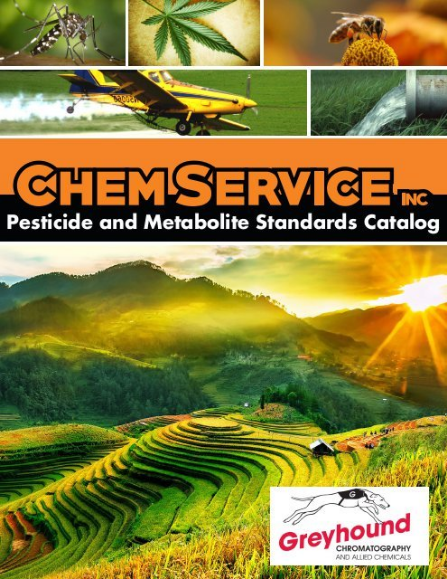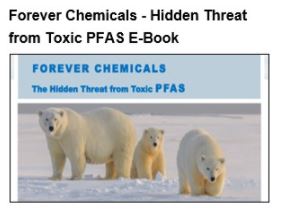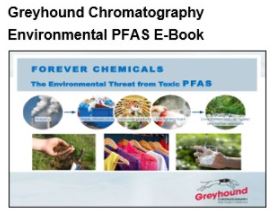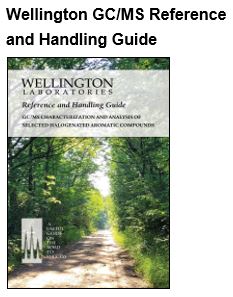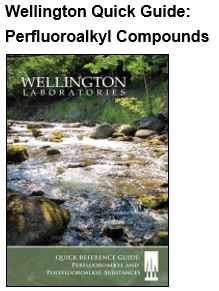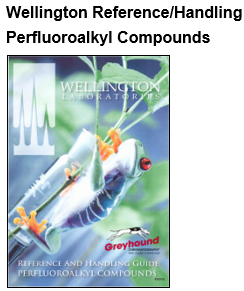Wheat Fungus Threatens UK Crops
![]()
Despite dietary trends pushing some people away from carbohydrates and gluten, wheat remains an enormously important staple in the human diet. Biomed Central explained that about 20 percent of the calories and 1/4 of the protein that humans consume comes from a wheat-derived product. However, in the United Kingdom, this grain is under attack from a foreign, aggressive fungus known as Puccinia striiformis f. sp. tritici or PST.
PST endangers UK wheat
According to research published in Genome Biology, this form of "yellow rust" fungus can seriously threaten wheat harvests in the U.K. PST hurts the amount and quality of the wheat that can be harvested, sometimes resulting in no wheat whatsoever. Yellow rust fungi are among the worst disease for wheat and can create substantial problems.
Researchers from the John Innes Centre, The Sainsbury Laboratory, TGAC and the National Institute of Agricultural Botany set out to tackle the issue of PST by comparing today's results to those from the 1970s. They performed genetic tests on the samples found from all over the U.K. and the results were not promising for wheat. The fungus has evolved and diversified. There were far more variations and pathogenic types in 2013 than there were in 1978. This could mean that the fungus would be harder to treat.
"Increased virulence, globalization, and climate change, are all increasing the scale and frequency of emerging plant diseases, and threatening global food security," lead study author Diane Saunders said in a statement. "Our research shows that in the U.K. we have a newly emerging population of wheat rust fungus that could be the result of an influx of more exotic and aggressive strains that are displacing the previous population. By continuing to use these new surveillance techniques, not only can we track and respond to the ongoing threat of wheat rust, but our technology opens the door for tracking other plant pathogens, including ash dieback."
The study suggested a new, inexpensive and efficient technique for diagnosing which types of fungi and other invasive species may be threatening a crop. It uses data from previously collected field samples to establish whether a fungus that's infecting a crop will do serious damage or not, by determining if the fungi can attack crops previously designed to be resistant.
Among the yellow rust fungi in the U.K., a PST strain called "Warrior" was found, which has been known to damage traditionally resistant wheat throughout Europe.
Pesticides for wheat fungi
The best defense against PST and other fungal pests that affect wheat are pesticides. Often the grain is designed with the pesticides to make it resistant to fungus in the first place, but with resistant strains of PST or other rusts you may need addition treatment.
There are three classes of fungicides for wheat protection: strobilurins, triazoles and pesticides with multiple modes of action.
Strobilurins like pyraclostrobin, azoxystrobin, fluoxastrobin and picoxystrobin, work well against mildew, tan spot and leaf rust, with varieties working very well against stem or stripe rust as well. It's a respiration inhibitor, according to South Dakota State University.
Multiple modes of action fungicides combine strobilurins and triazoles. Examples include metconazole and pyraclostrobin or propiconazole and azoxystrobin. They're effective against most fungus, but not recommended with head scab. Triazoles such as metconazole, propiconazole, tebuconazole, prothioconazole, or a mix of prothioconazole and tebuconazole, inhibit sterol biosynthesis. These are effective against head scab, unlike strobilurins. They also work well against leaf spot, leaf rust and some mildew. They have a medium risk of fungicide resistance compared to the high resistance of strobilurins.
Why fighting wheat fungus is important
For farmers, spraying their crops is always important because it's protecting their investment and livelihood. While there has been some debate about the economics of regular foliar applications of wheat fungicides to increase yields, there may be another reason to spray your wheat: it helps keep diseases out of food.
According to the European Crop Protection Association, keeping fungi like Fusarium off wheat and other cereal grains is critical to the region's health. These fungi can add mycotoxins to the food which can in turn make it into human or animal diets and lead to death or illness.
The ECPA referenced a study that found proper fungicide use could help reduce the levels of mycotoxins in grains to healthy amounts.
"The Fusarium fungi has been shown to produce the potent mycotoxin deoxynivalenol (DON) in wheat," the ECPA explained. "The study showed conclusively that Fusarium fungi and DON can best be reduced to safe levels and kept under control by means of sophisticated risk management strategies, which include adopting good agricultural practices (such as seed selection, crop rotation and others) combined with the use of the azole class of fungicides which were demonstrated to be a key tool for Fusarium and mycotoxin control."
By using the correct fungicides from beginning to end, farmers in Europe, the U.K. and abroad can help ensure their own successful yield as well as the stability of food in the region.
Chem Service has over 2,000 Pesticide and Metabolite Reference Standards.
CONTACT US
Tel: +44 (0) 151 649 4000
Email: marketing@greyhoundchrom.com
FOLLOW US
YOU MAY ALSO BE INTERESTED IN OUR NEWSLETTER


